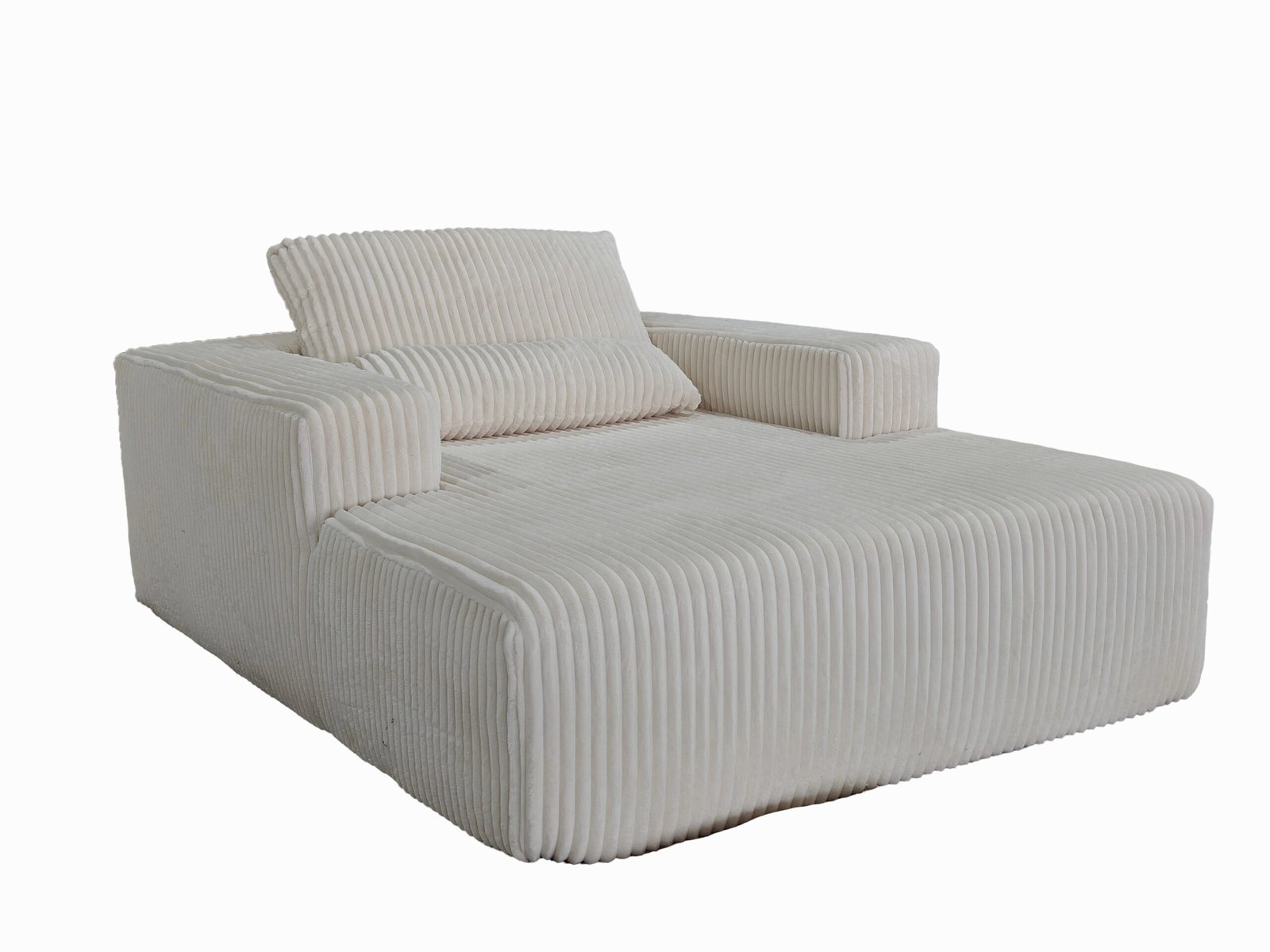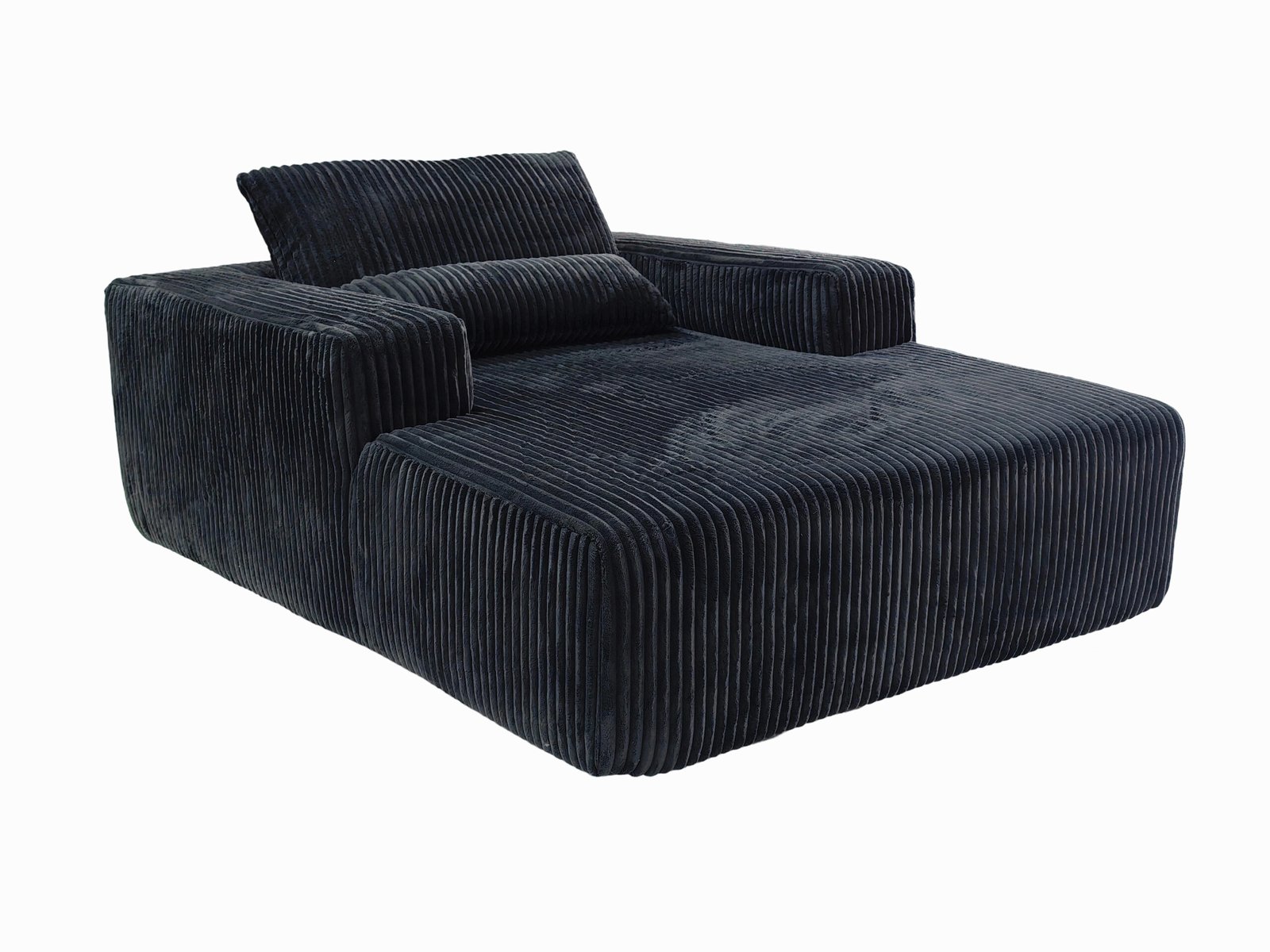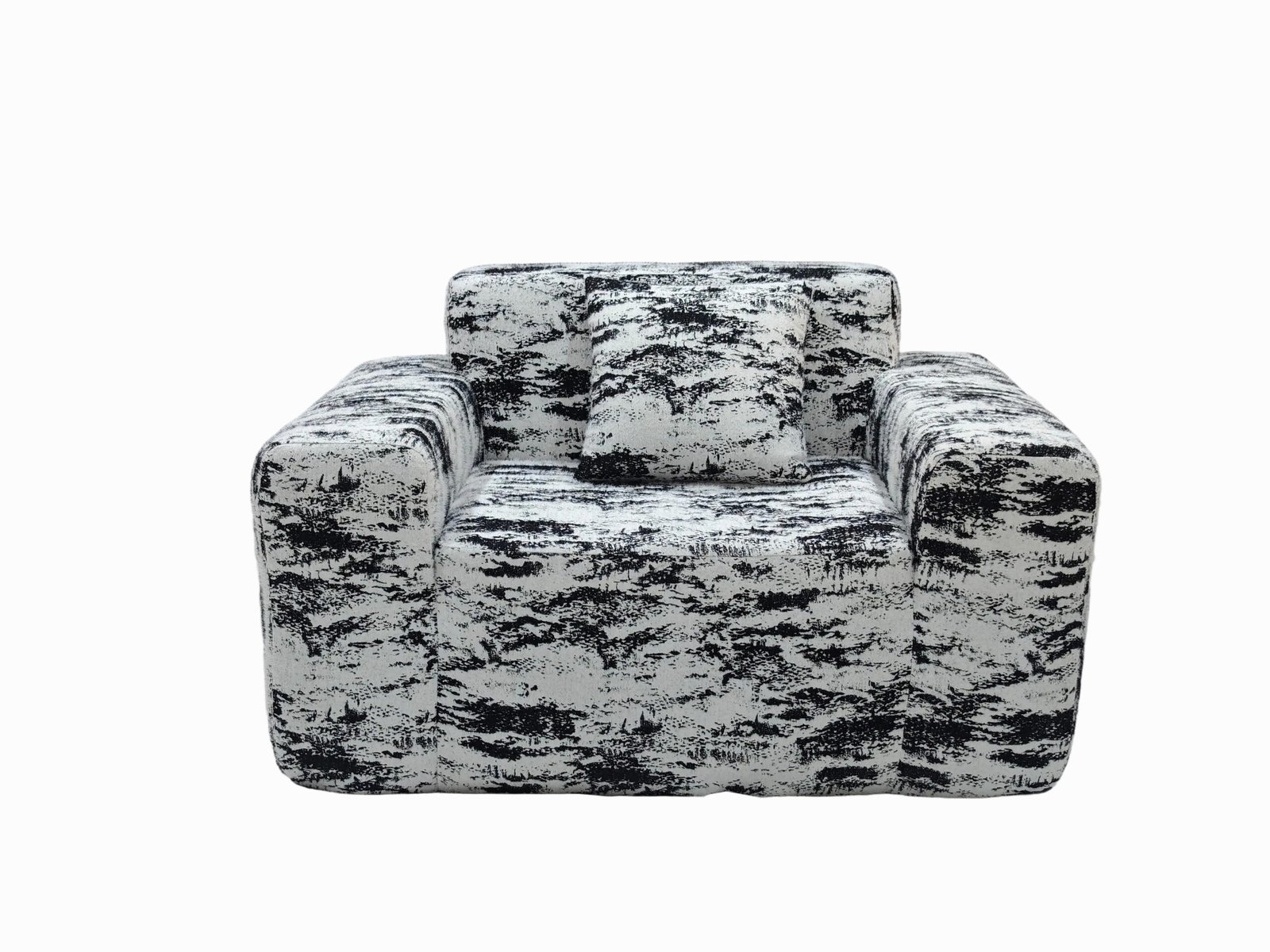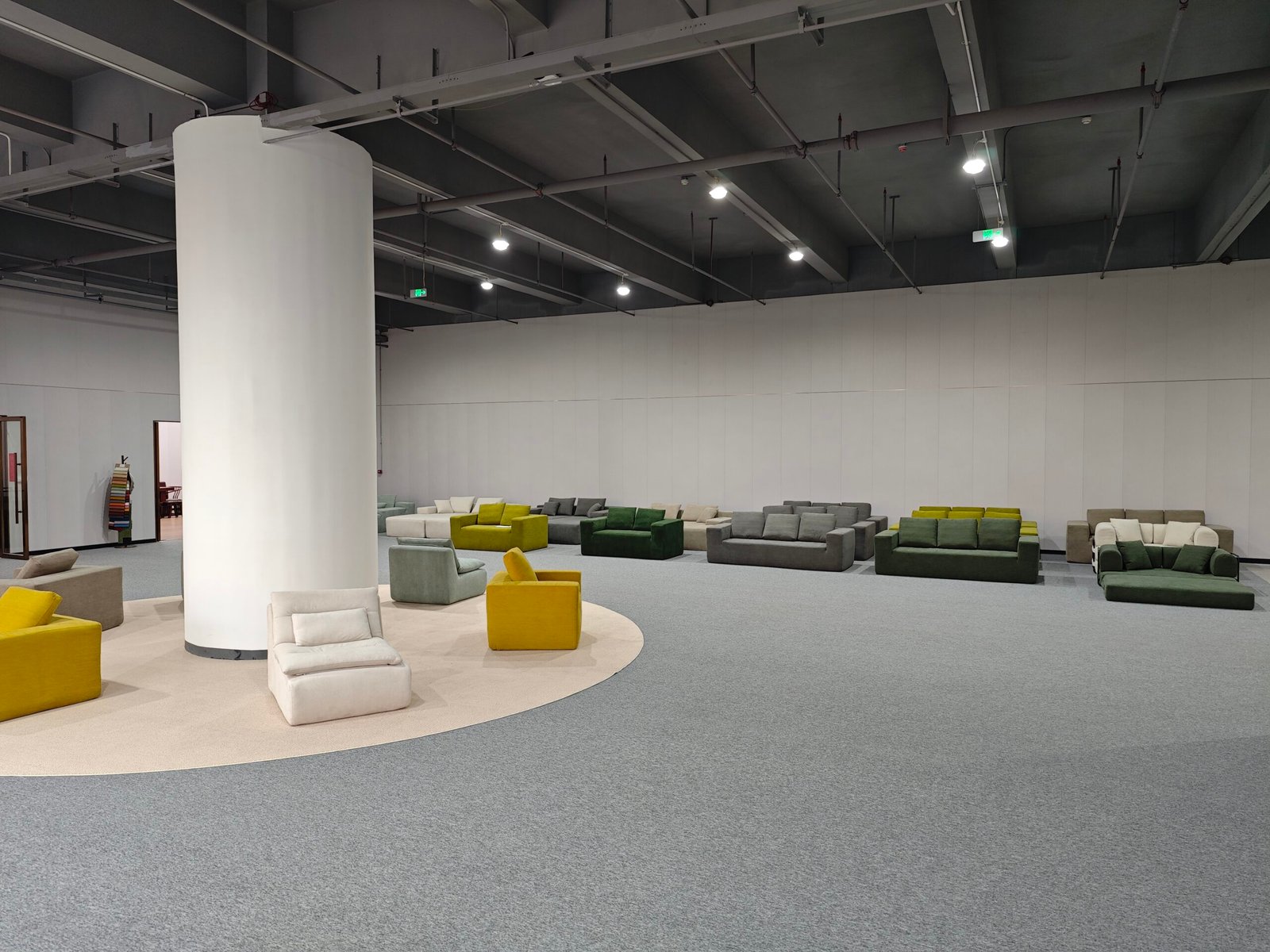
Ever wondered how a full-size sofa fits inside a box you can carry alone?
Compressed sofas go through a highly engineered process—from material selection to compression packaging—designed to ensure comfort, durability, and efficient shipping.
In this article, I’ll break down the entire production process of compressed sofas, step by step. Whether you're a distributor, an e-commerce seller, or just curious about the craftsmanship behind these products, this will give you a clear understanding of how they’re made and why every detail matters.
What materials are used in compressed sofas?

A sofa can only be as good as the materials it's made of. Low-quality foam or weak frames? That’s a recipe for unhappy customers.
The main materials in compressed sofas include high-density foam, durable upholstery fabrics, and reinforced wood or metal frames, all chosen for their compression resistance and long-term use.
Common Material Choices:
| Component | Material Options | Why It’s Used |
|---|---|---|
| Cushion Filling | High-density polyurethane foam | Keeps shape under pressure |
| Upholstery | Microfiber, polyester, synthetic blends | Resists tearing and easy to clean |
| Frame | Kiln-dried hardwood, stainless steel | Structural strength for compression |
| Fasteners | Steel staples, industrial glue | Holds shape post-compression |
The key in material selection is finding the balance: it must compress well for shipping, yet pop back into its original form without damage.
How are compressed sofas designed and engineered?

Great design isn't just about looks. It's about engineering comfort and function into every layer.
Designers and engineers use ergonomic principles and CAD software to create sofa models that support posture, compress safely, and meet modern aesthetic standards.
Our team at HSM collaborates closely across departments. The design process involves:
- Creating 3D prototypes with precise dimensions
- Simulating compression and expansion cycles using software
- Testing frame angles and seat depths for posture alignment
- Making sure every part can be flat-packed, without damage
This careful balance ensures the final product offers real-world comfort—not just visual appeal.
What happens during cutting and shaping?

Precision in cutting means perfection in comfort. A millimeter off? The cushion might not fit.
Advanced machinery cuts high-density foam and fabrics to exact shapes, ensuring each component fits perfectly into the frame and can compress without distortion.
Techniques We Use at HSM:
Foam Cutting:
- CNC-controlled blades for consistent shapes
- Laser-guided systems for precision
Fabric Cutting:
- Automated blade machines that handle stretch and non-stretch materials
- Barcode-tagging each piece for assembly accuracy
These steps reduce waste, improve assembly speed, and ensure every piece fits like a glove.
How is the frame built?

The frame is the skeleton of the sofa. Weak here, and the whole structure fails.
Frames are constructed from kiln-dried hardwood or metal, precisely cut, assembled with reinforcements, and tested to withstand pressure during and after compression.
Frame Construction Workflow:
- Material Selection: Choose oak, pine, or steel based on budget and strength needs.
- Cutting: Laser-guided saws create perfectly sized parts.
- Joinery: Use screws, glue, and brackets for tight joints.
- Reinforcement: Add corner blocks and metal L-brackets.
Each frame must pass a load test—usually simulating 10 years of use.
What’s the process of assembling the components?

The sofa starts coming to life here—but one loose staple, and you’ve got a problem.
Foam, fabric, and the frame are brought together in a precise sequence using industrial tools and skilled labor to ensure structural integrity and visual appeal.
Assembly Steps:
- Attach foam to frame using non-toxic adhesive
- Wrap upholstery fabric and staple tightly
- Add finishing details like buttons or zippers
- Pre-test spring function or expansion mechanics
At HSM, our workers use ergonomic benches and air-powered tools to ensure consistency, especially during peak production runs.
How is the sofa compressed and packaged?

This is where the magic happens—turning a full-size sofa into a shippable box.
Compressed sofas are vacuum-sealed and mechanically flattened using specialized machines, then carefully boxed with protection materials to avoid deformation.
Compression Process:
| Step | Description |
|---|---|
| Pre-Check | Ensure all parts are assembled and cured |
| Vacuum Compression | Compress foam and fabric under pressure |
| Plastic Sealing | Wrap tightly with industrial film |
| Boxing | Use reinforced cardboard + foam corners |
| Labeling | Add brand, model, and handling labels |
This process allows for 70% volume reduction, cutting down shipping cost dramatically—especially useful for e-commerce sellers.
What quality control measures are in place?

One defect in a batch can lead to a return nightmare. That’s why testing is everything.
Multiple inspections are done at each stage—material check, structural test, compression recovery test, and final packaging inspection.
What We Test:
- Frame strength (drop test + weight loading)
- Fabric seam tension (pull test)
- Foam recovery (24-hour expansion test)
- Zipper and stitch durability
- Packaging resistance (box crush test)
We also run random third-party audits every quarter to ensure quality consistency across batches.
Conclusion
The production of a compressed sofa is a fine-tuned combination of design, precision engineering, and quality control—making comfort fit in a box without compromise.